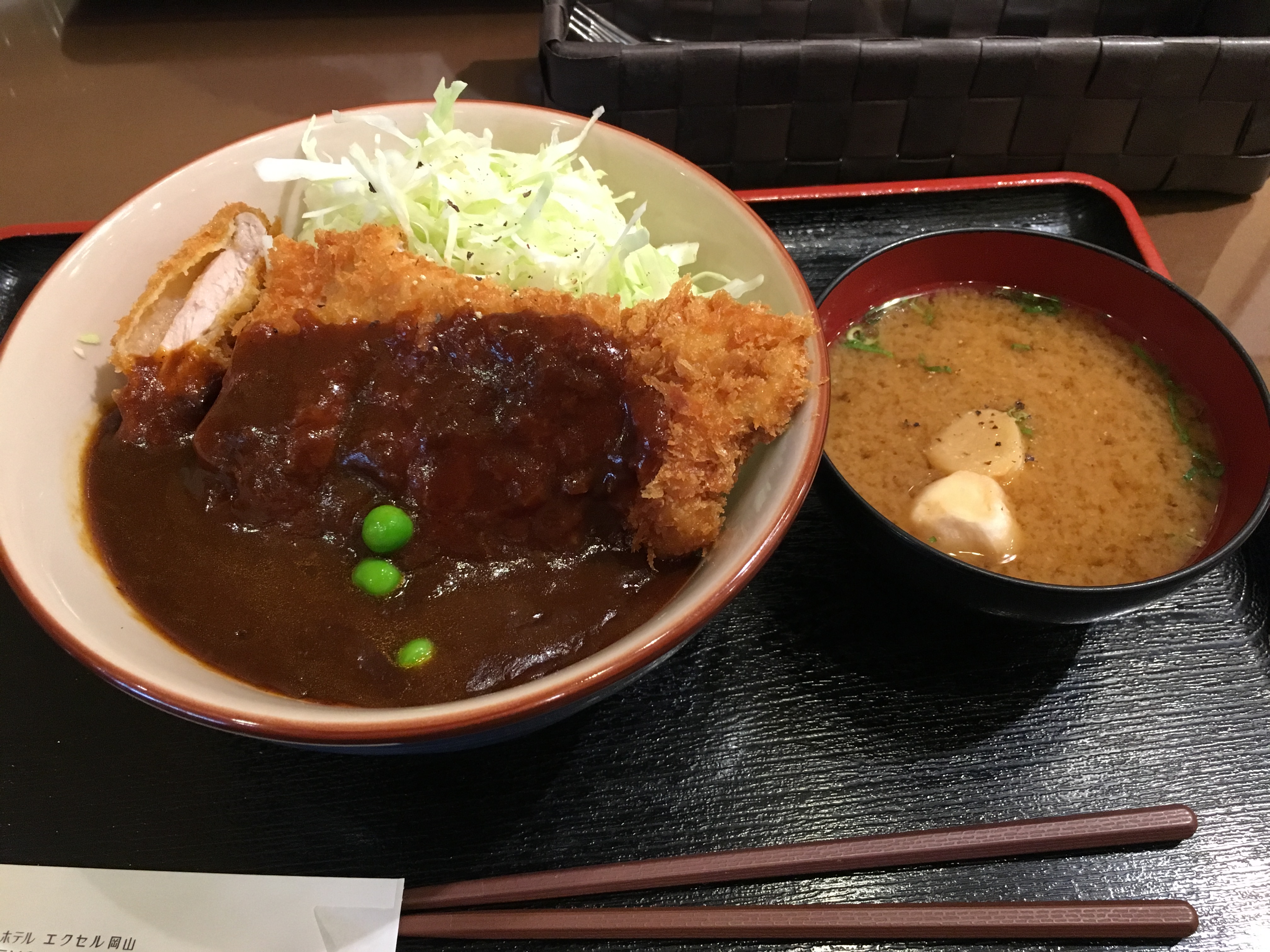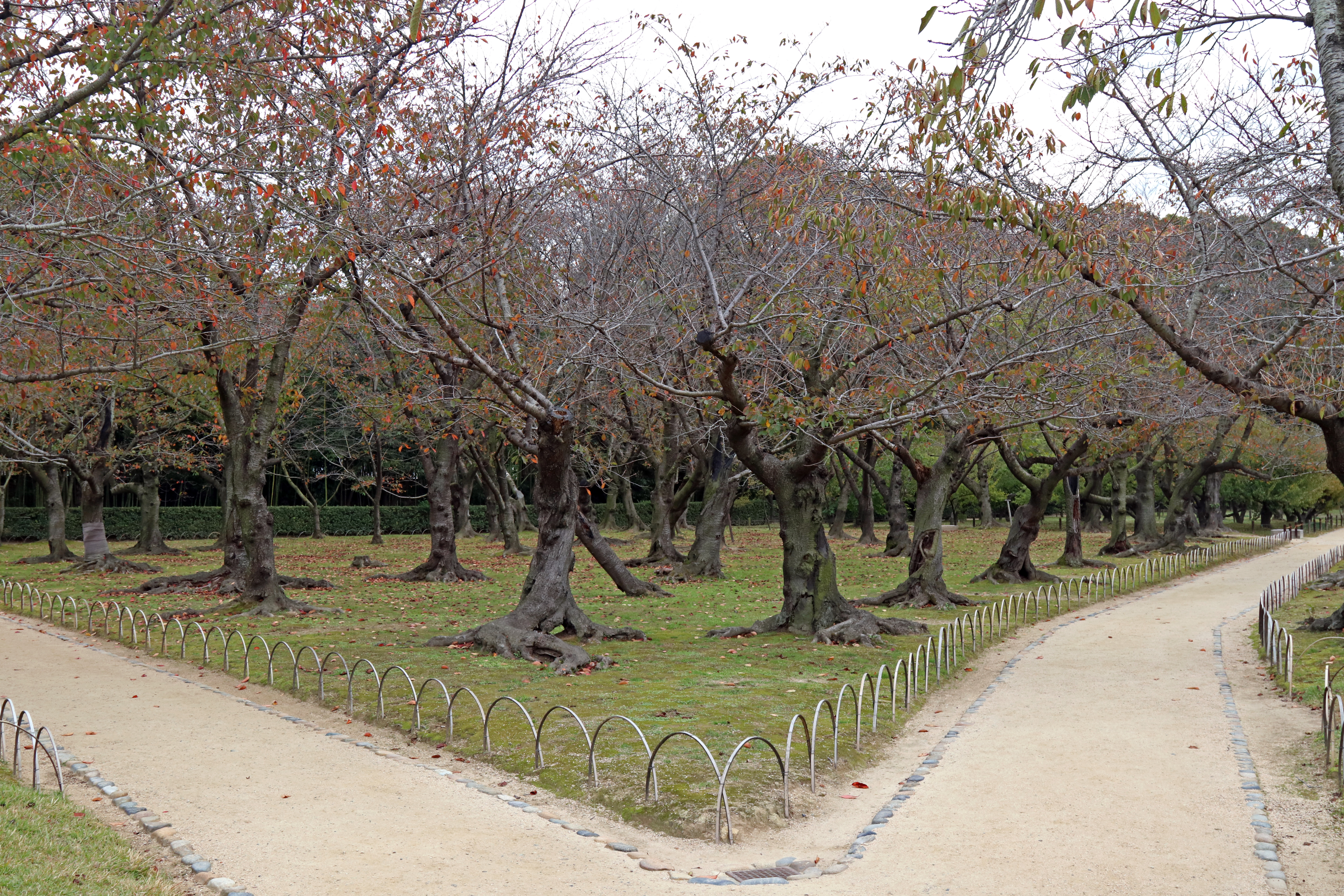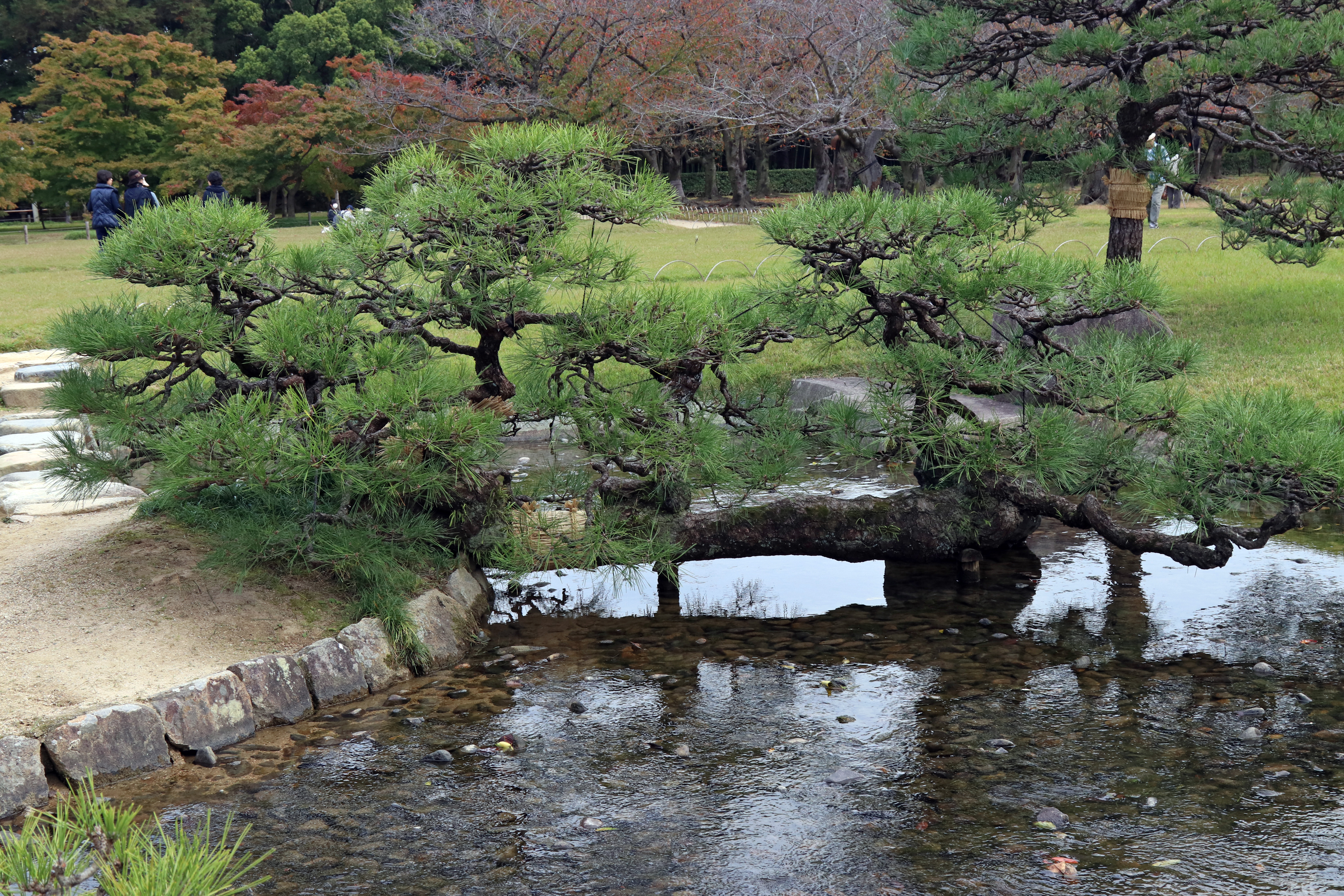Korakuen Garden
After arriving at Okayama Station, as we often do, we first dropped our bags at the hotel and then headed off to the Korakuen Garden. Most hotels you cannot check-in until 3:00pm and as we normally arrive early mid-morning the hotels are very accommodating and will allow you to store your luggage until returning to check-in, in fact your bags have nearly always been taken to your room! From the station the garden was only a 25 minute walk, but alternatively you can take the tram which takes 5 minutes or the Korakuen bus which takes 10 minutes.

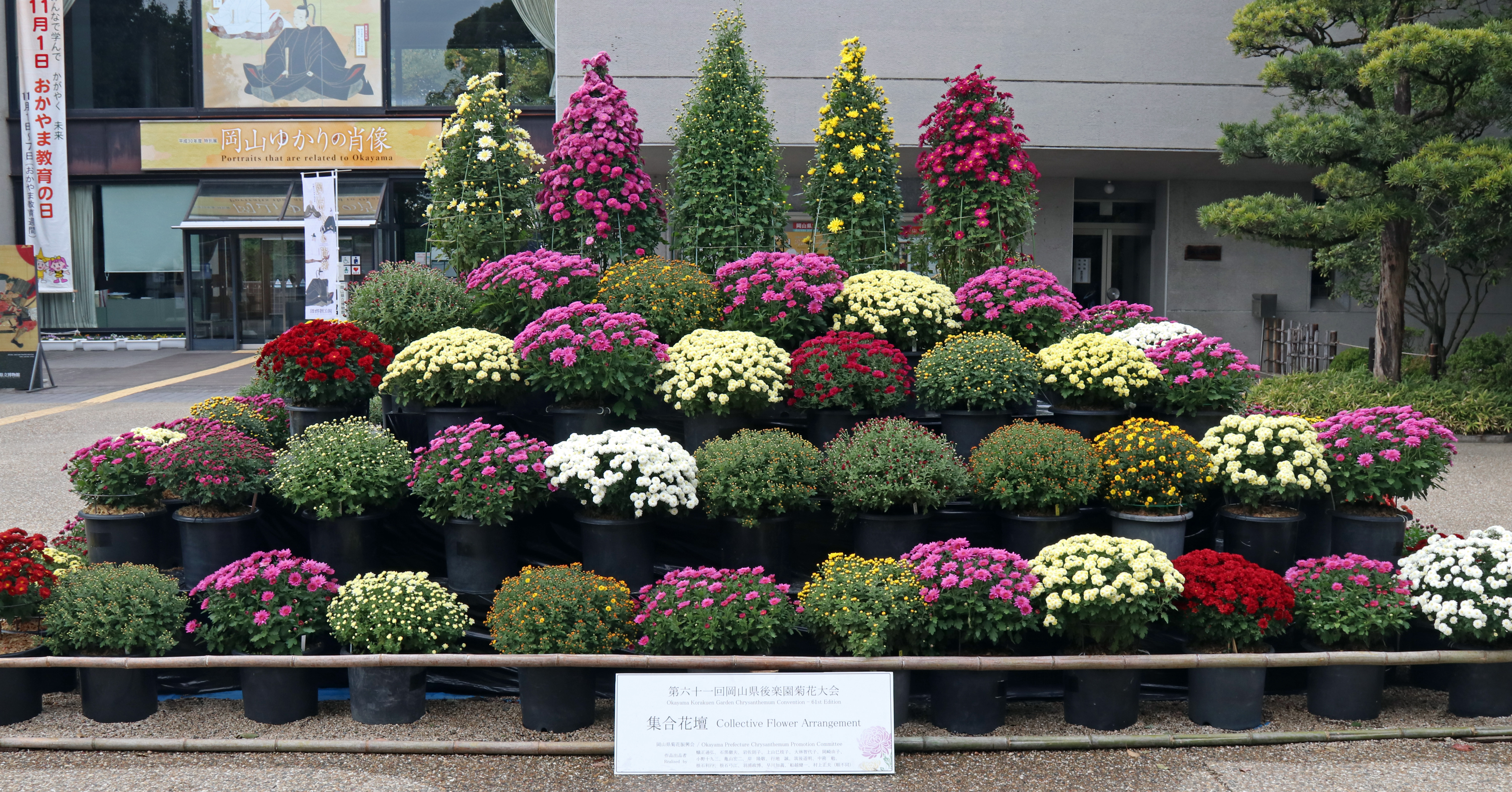
Once we had
crossed the bridge we turned left and followed the river along the footpath to
the gardens main entrance gate. The entrance gate and ticket admission building
were in a courtyard surrounded by trees on one side and the Okayama Prefectural
Museum on the other. In the centre there was a stunning immaculate flower
display, with a number of different varieties of Chrysanthemums on show.
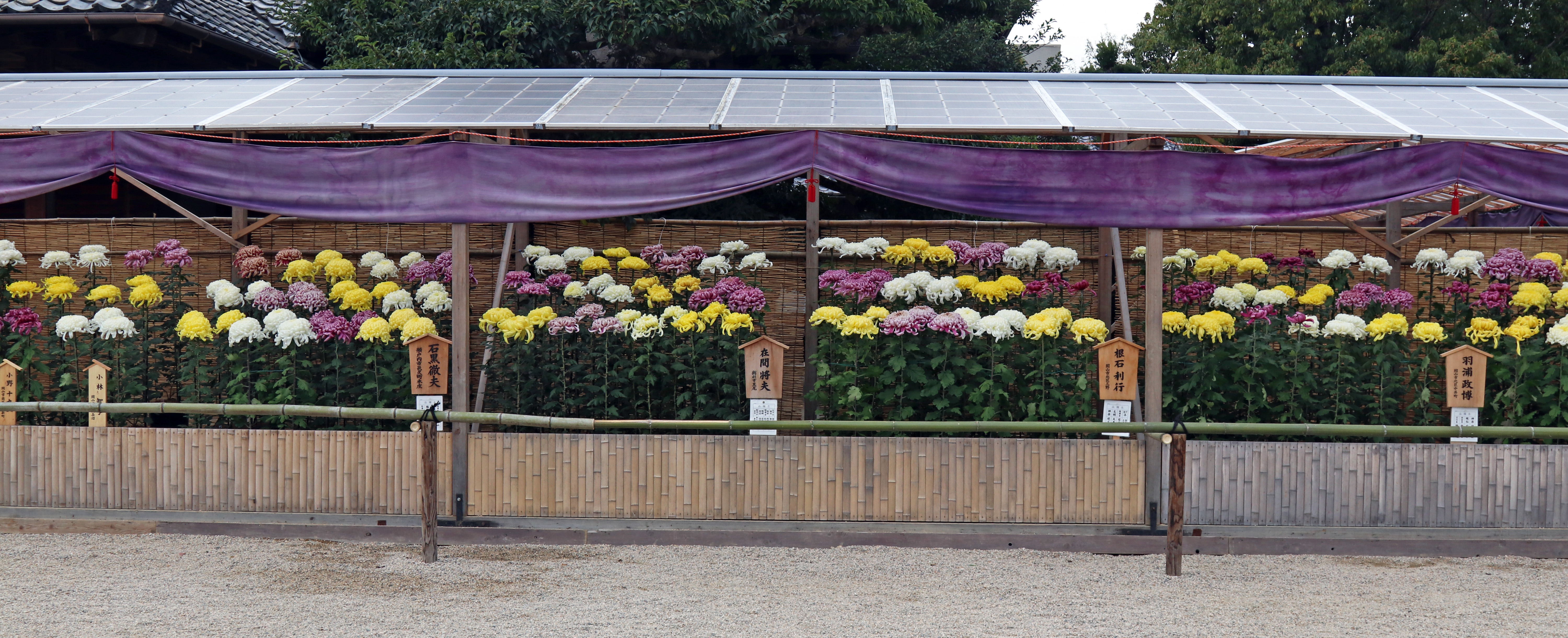
The flower displays were in a gravelled area with some Niwaki trees and a hedge in front of them. The hedge was situated as you entered through the main gate so you could not yet see the garden, so walking around the hedge and the splendour and scale of the garden just hit us…it was fantastic!
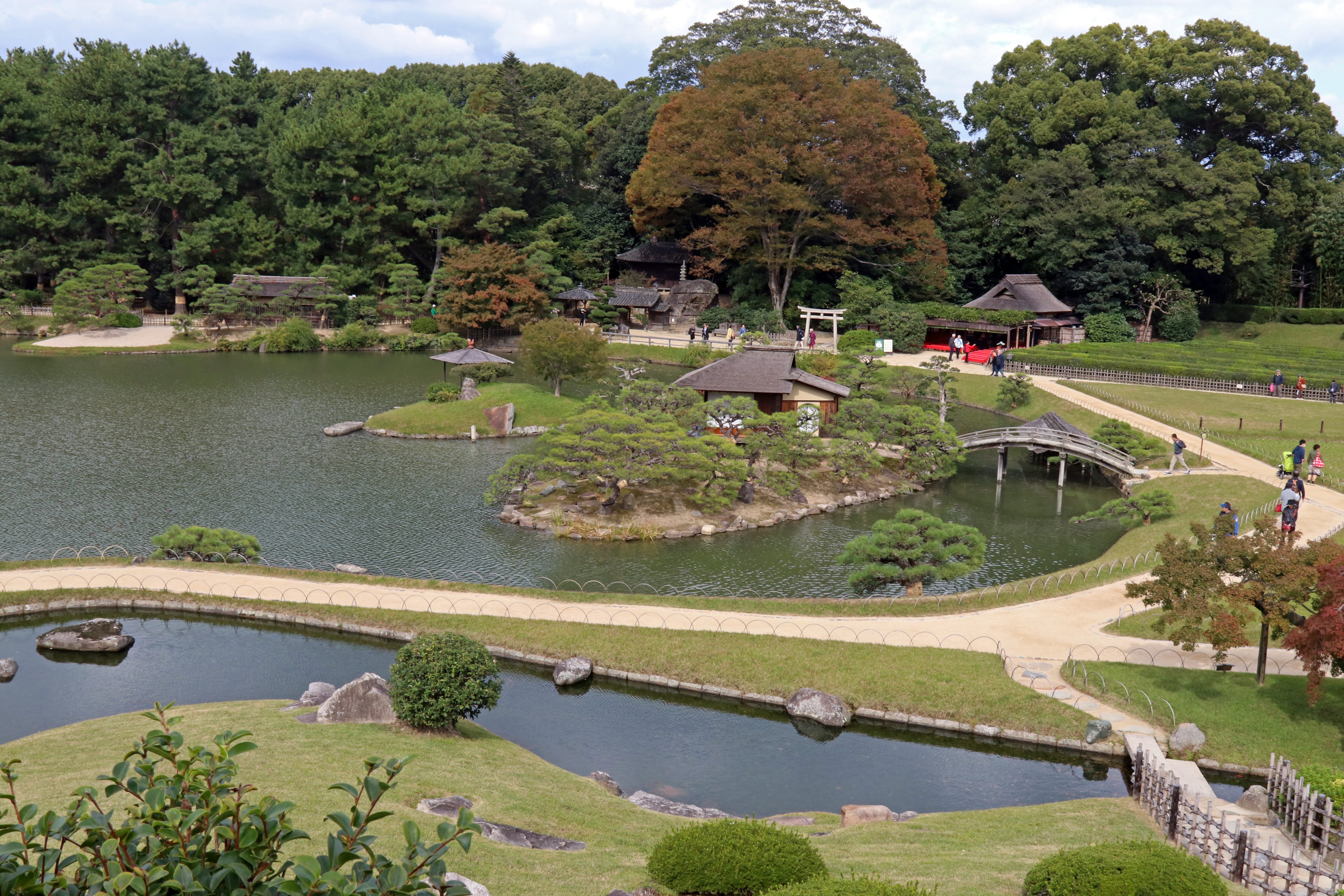
Also found in the garden are groves of cherry, plum and maple trees, tea and rice fields and a crane aviary.

A few years
after the end the feudal era in 1884, Korakuen became the property of Okayama
Prefecture and was then opened to the public. The garden remains as it was in
the feudal times, even though it suffered flood damage in 1934 and was bombed
during the war. As the garden has been restored to its original state thanks to
the accurate records that were kept by the garden’s designers.

One of the clever features the garden exhibited is the way it uses borrowed scenery, the garden did this by making you believe that Okayama Castle was situated on a hilltop in the garden, when of course it wasn’t and accurately on the other side of the river mentioned earlier! It certainly added to the impressive garden.

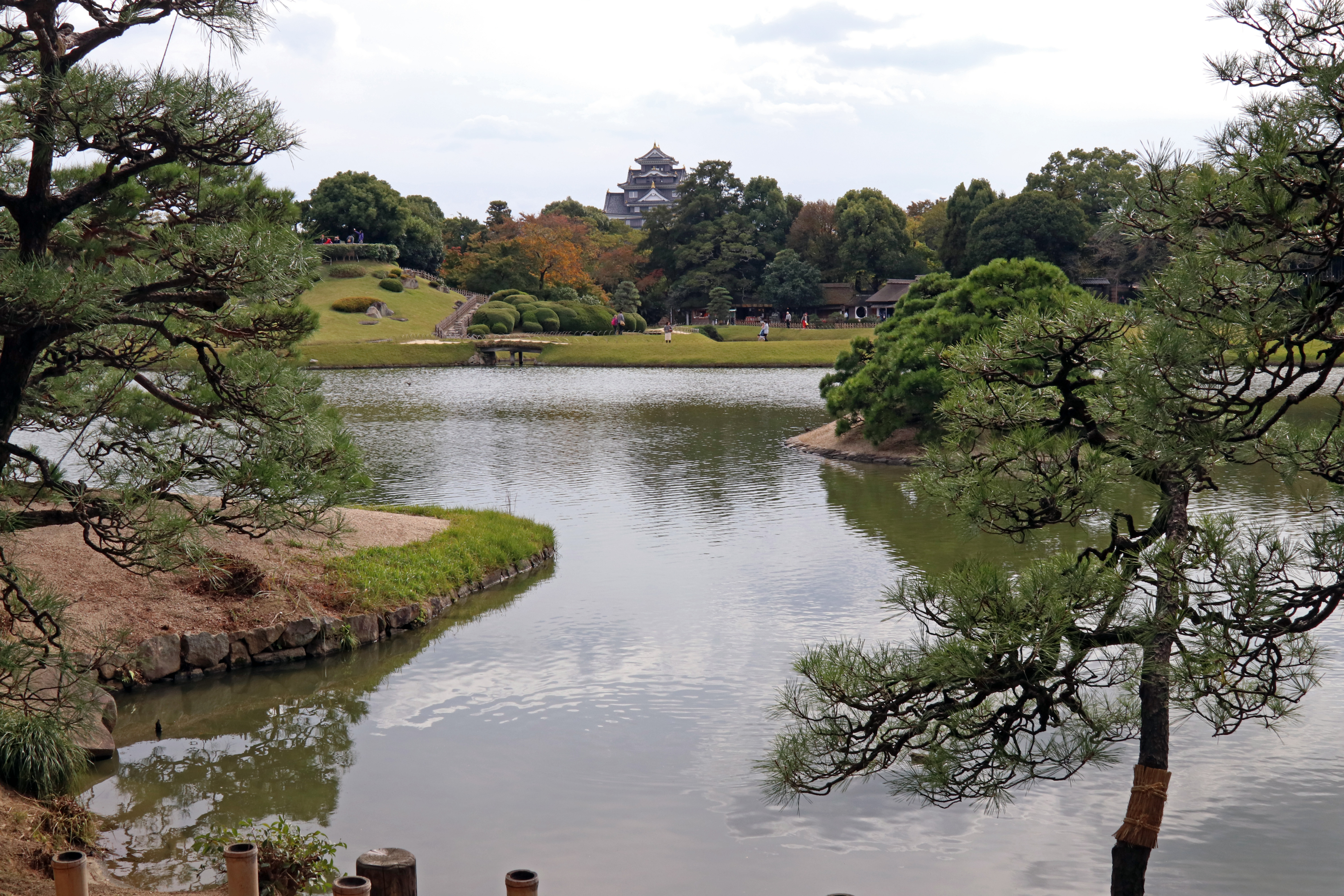
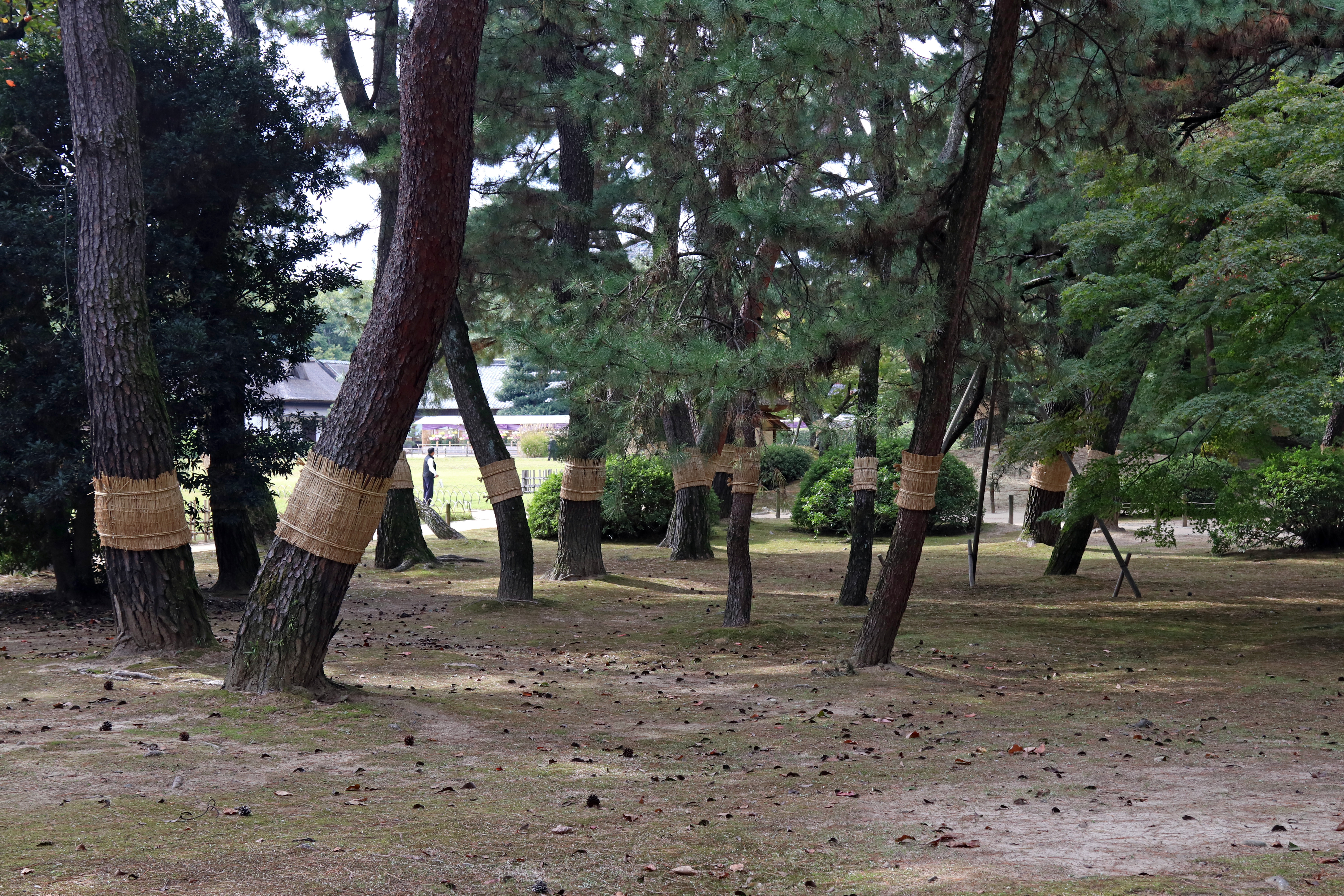
After spending all morning in the garden, it was an absolute joy to walk around the meandering and criss-crossing paths and take in the garden and its fabulous features, including the fantastic flower displays as well, which was a bonus!
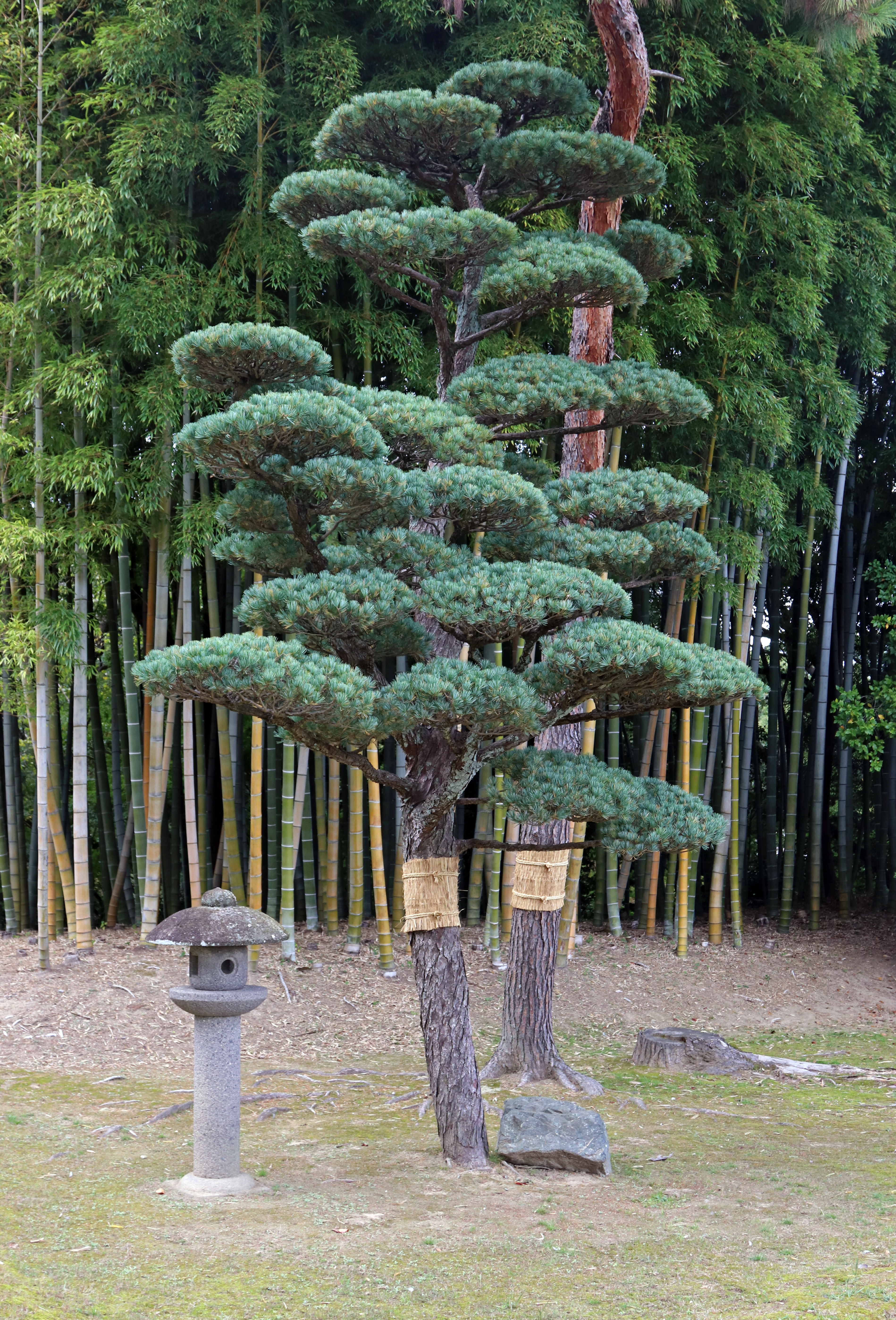
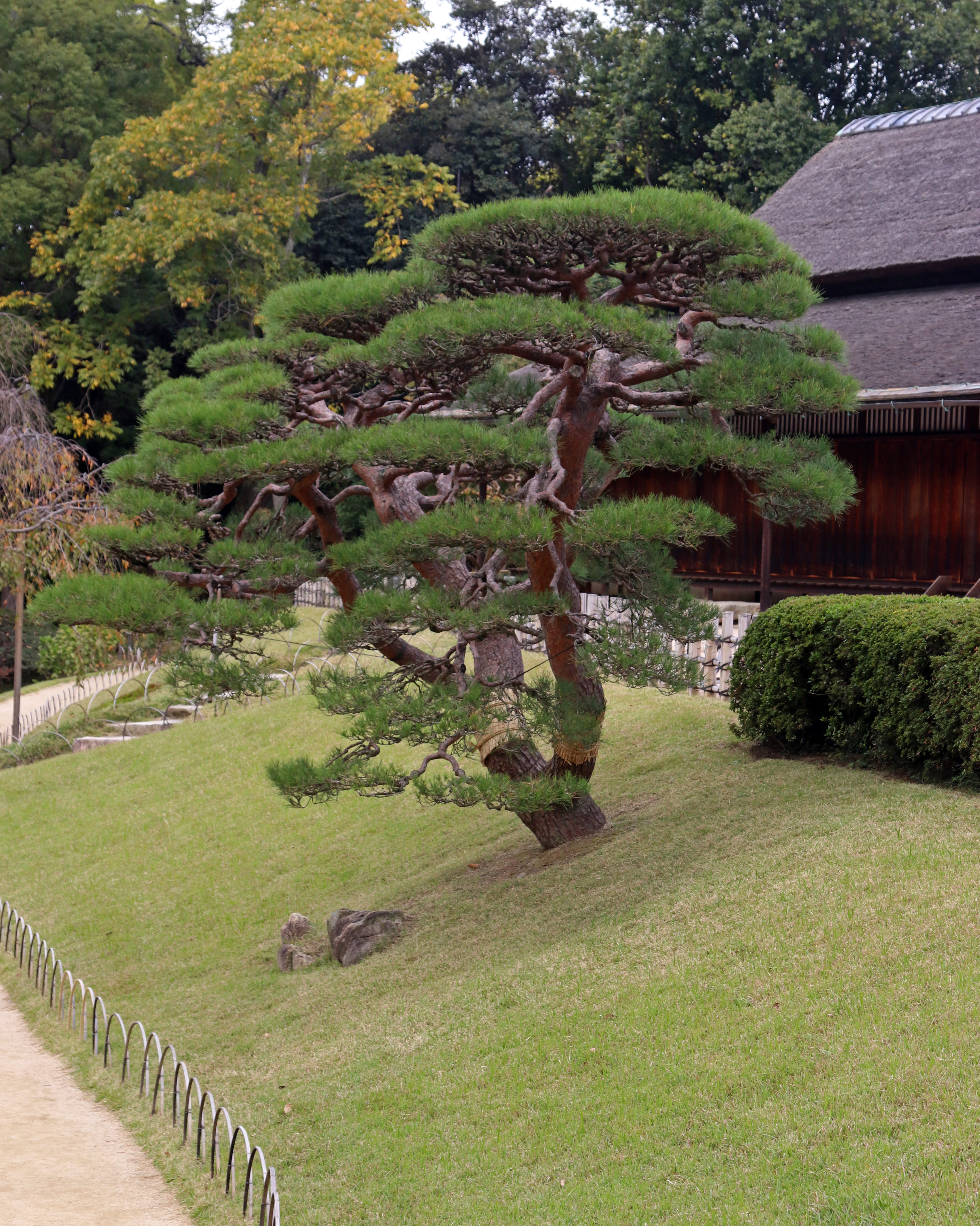
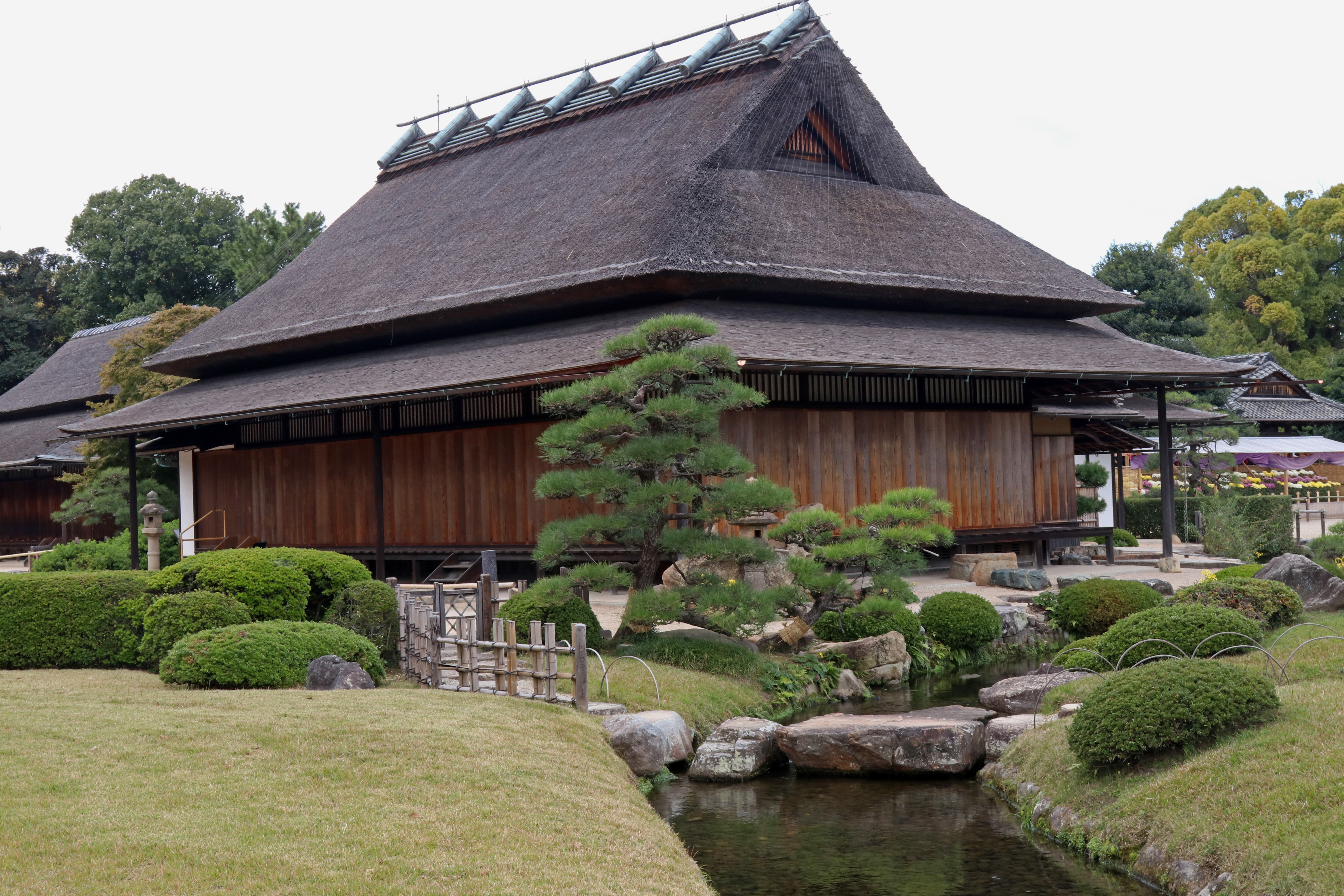

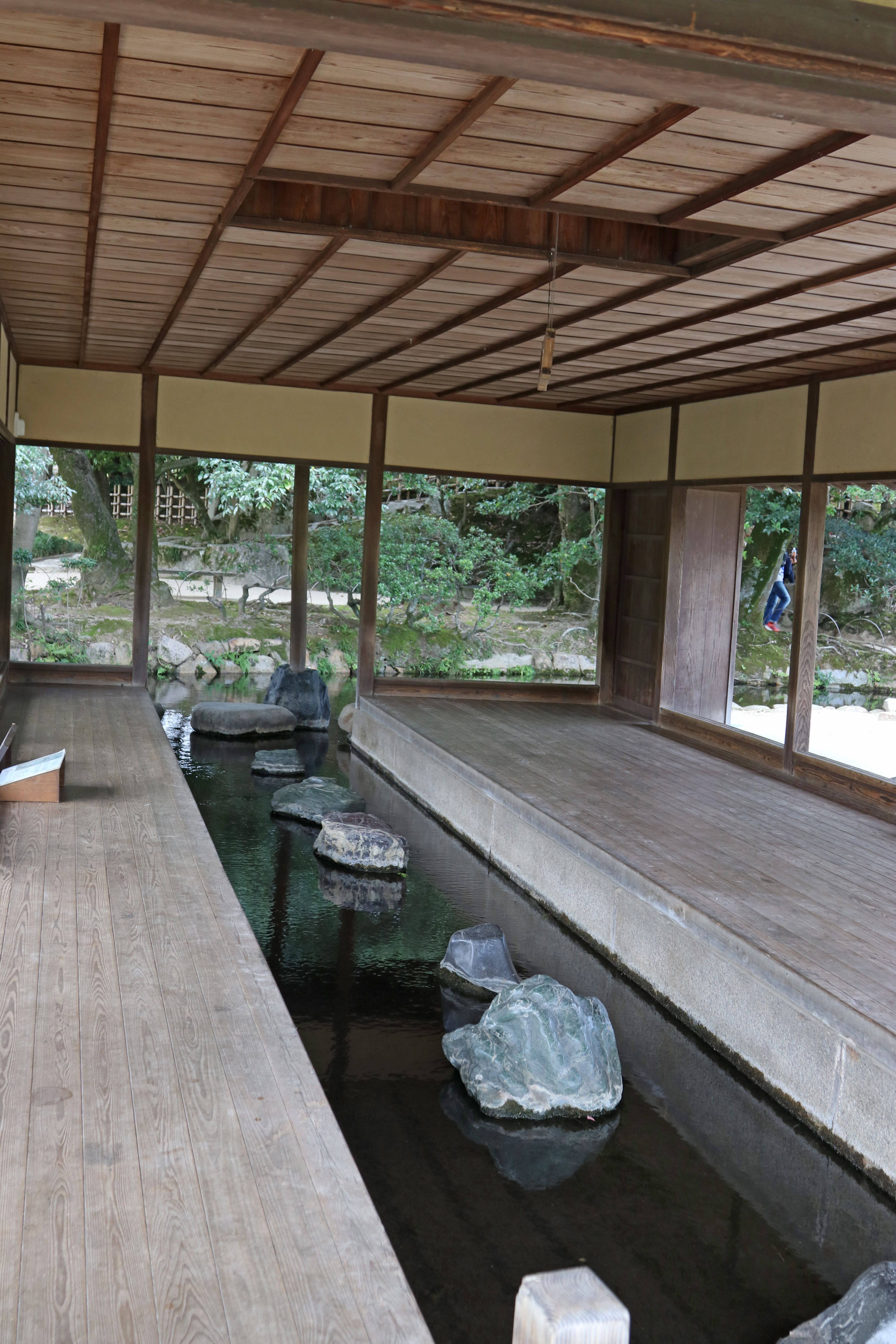

Once we had
dropped off our bags it was an easy straight line walk along one of the city’s
main roads, which consisted of 6 lines of traffic with a tram line in the
centre…like the centre of all Japanese cities, the infrastructure seems to be
well thought out and relatively modern in deigns, similar to some American
cities. Especially when compared to many of our city’s here in the UK, where we
seem to make do with the historical routes and roads, that leads to congestion!
After about 15mins the main road came to a large intersection where we crossed straight over and walked a little further until we reached the Asashi river. After passing through a small public park, we turned right and followed the public footpath along the river, were we soon got our first glimpse of the impressive Osaka Castle which was situated on top of a hill overlooking the river. A little further, just before the caste entrance gate, there was a foot bridge that crossed the river to the Korakuen garden, the bridge was great photography opportunity to capture the very impressive castle, which we’ll cover later in the article.
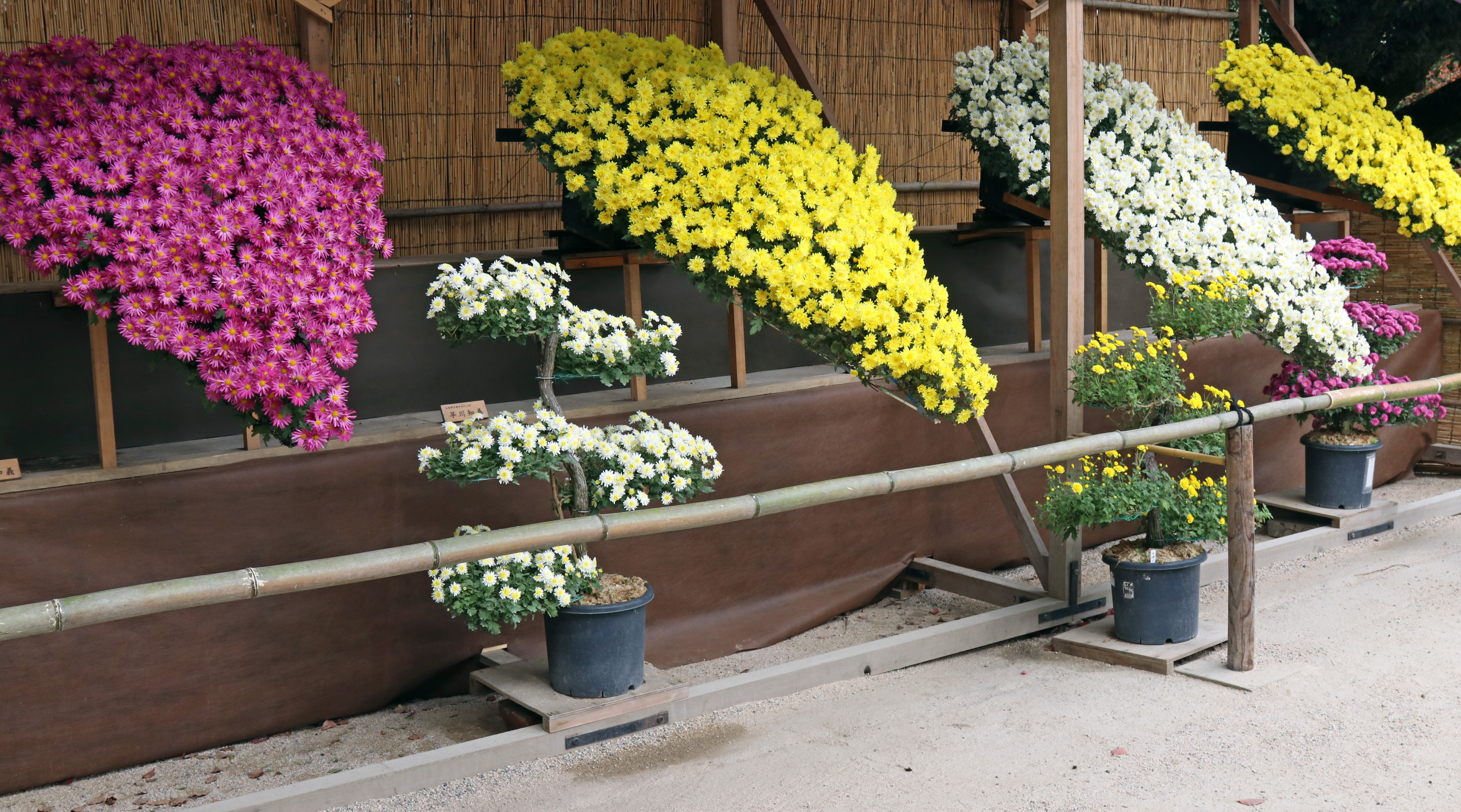
After paying the very reasonable admission fee of 410 yen
(£3.00), we walked through the main gate where there were long flower display
stands filled with stunning Chrysanthemums, some of which had been grown on
tear drop metal frames, styled into cloud trees and also Bonsai!

What is most
interesting and quite unique when we first seen the garden, was the large
expanse of grassed area, with a large pond in the centre. As a large amount of
grassed area like this is not common in Japanese gardens, but yet Korakuen
still displayed all the typical Japanese garden features such as ponds,
streams, bridges, walking paths, hills, lookout points, stones and many niwaki
trees.
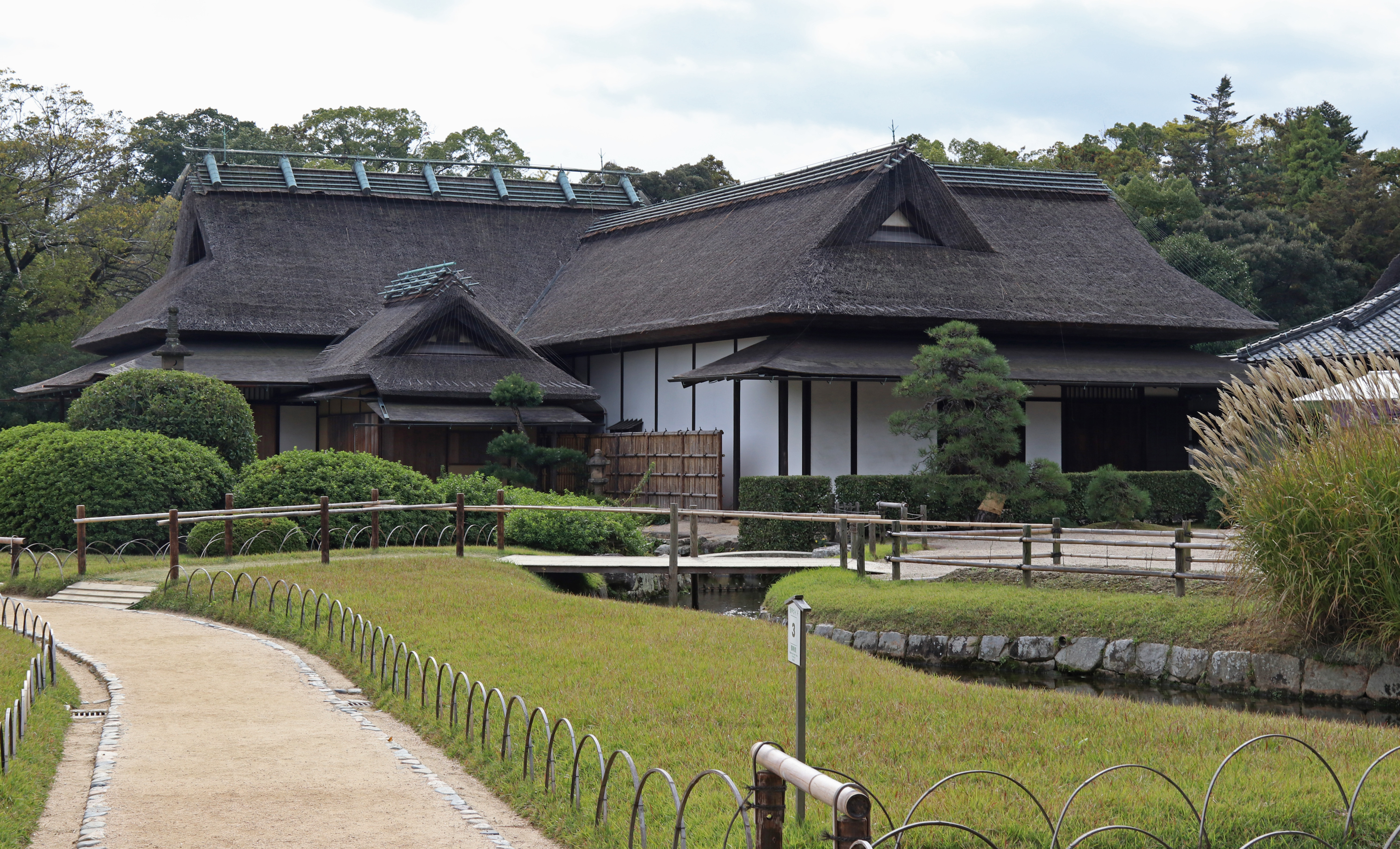
The Korakuen
garden started being constructed in 1687 and finished in 1700. The garden was
built on the orders of the local lord, Ikeda Tsunemasa and served as a place of
entertainment for the ruling family and a location for receiving important
guests. At the time the public were only occasionally permitted to enter the
garden.

The Korakuen
is just a vast and spectacular landscaped garden and ranked as one of Japans
three best landscape gardens, and Okayama’s main attraction.
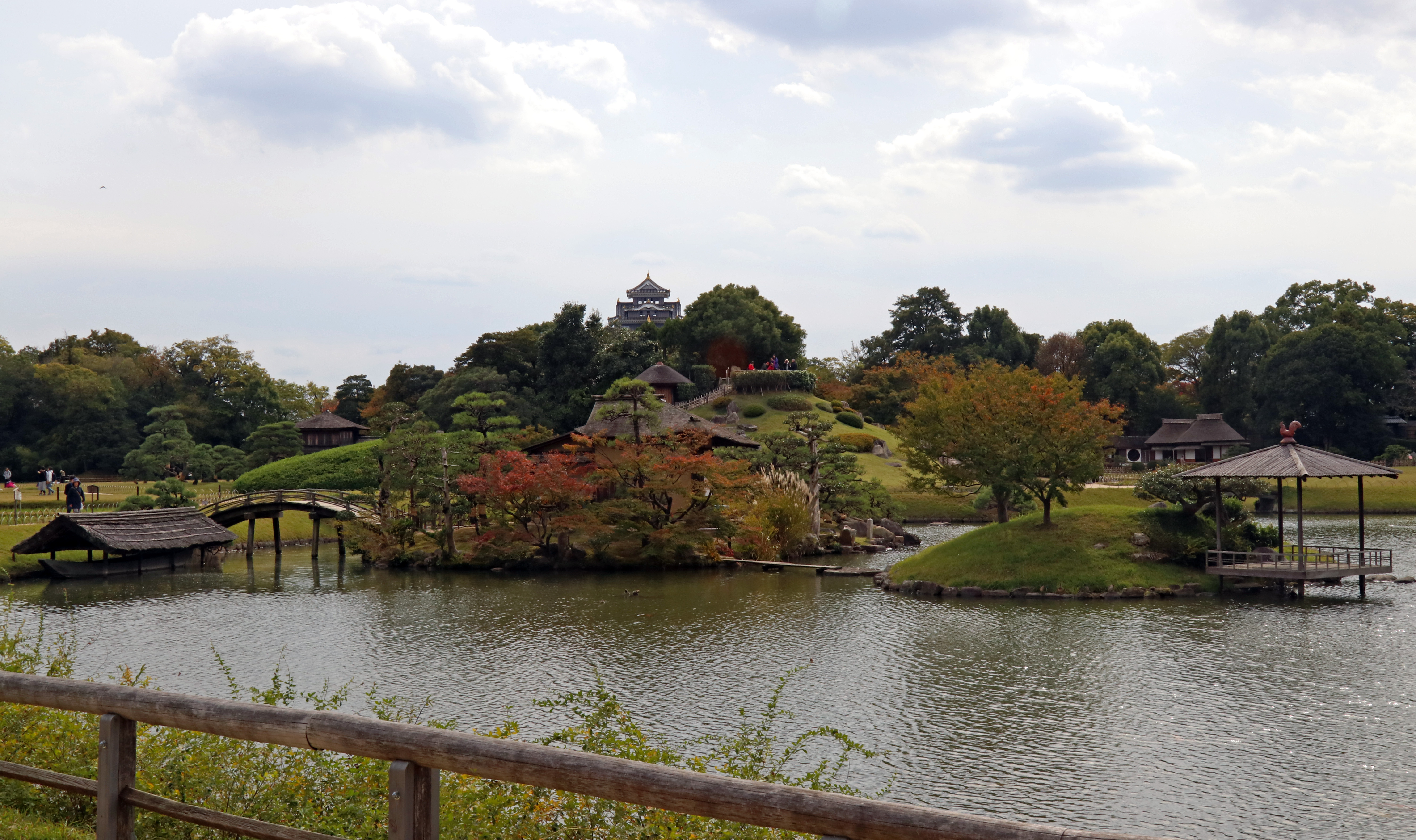

The hilltop could also be reached by a path and served as a fantastic viewpoint that overlooked the garden and main pond.

Also, interesting while walking around the garden, were all the pines trees had rice straw wrapped around a section of their trunks…the rice straw covering known as Komomaki, is wrapped around about 240 pine trees towards the end of October and is a pest control method, which has been carried out since the garden was built. During the autumn and winter the insect’s behaviour is to come down from the branches to the ground to survive the cold winter seasons…but with the Komomaki being placed around the trunk of the trees means the insects gather here to stay warm instead of going to the ground. Come the spring before the first week of March a period known in Japanese as Keichitsu “awakening of hibernating insects”, the straw wrappings are removed and burnt, so eradicating the insects…it’s a very simple but chemical free way of controlling the insects!
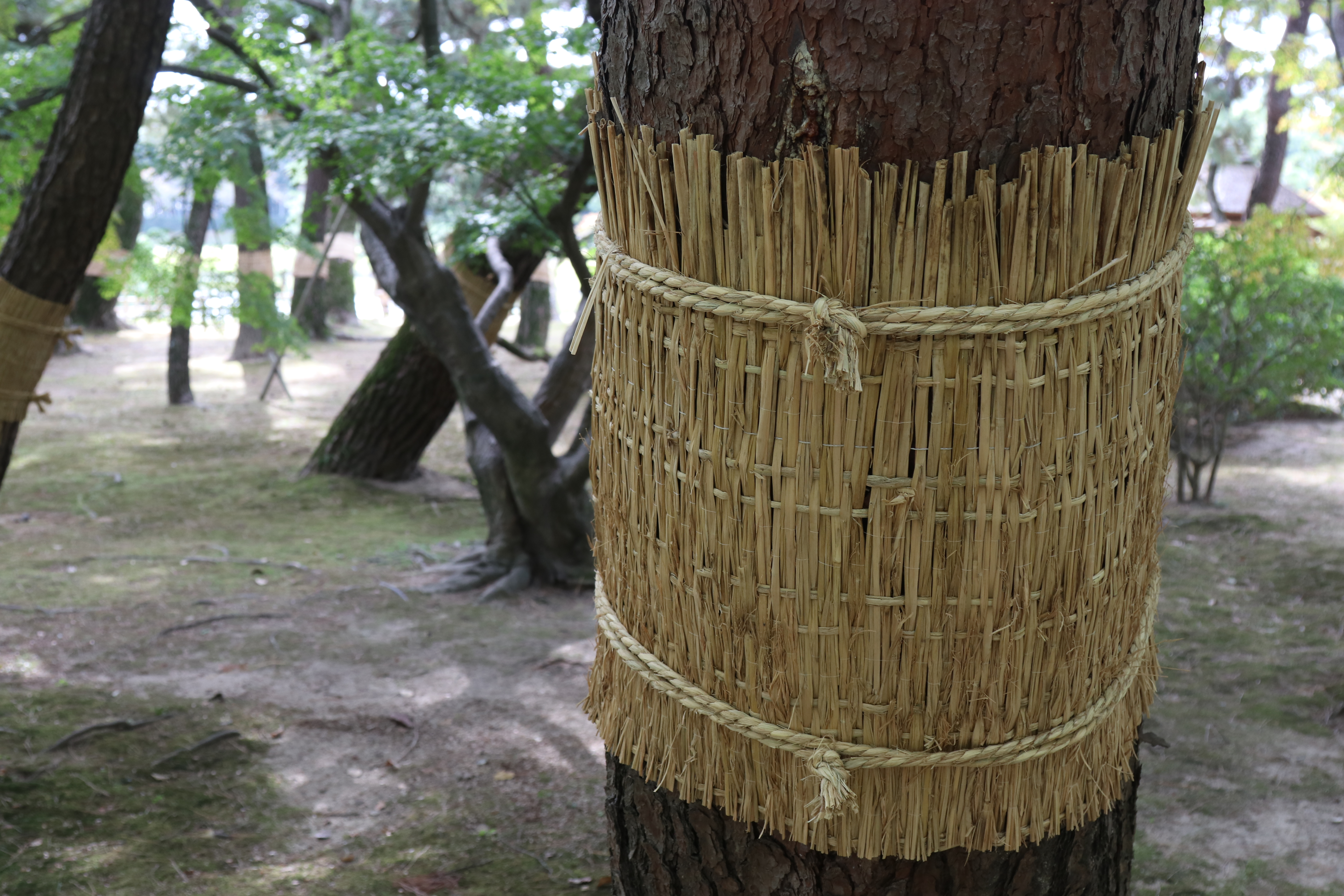
From Korakuen we walked back to the bridge across the Asashi river with our next stop being Okayama Castle, but since it was just past midday, we decided venture back towards the city to find somewhere to get lunch...we came across a restaurant that specialised in Demikatsu don, a dish that was first invented in Okayama and it was delicious or in Japanese “Oishikatta desu”. Demikatsu don consists of boiled cabbage placed over cooked rice, with pork cutlets and topped with demiglace sauce. It is a type of Katsudo and a mixture of Japanese and western cuisine.
